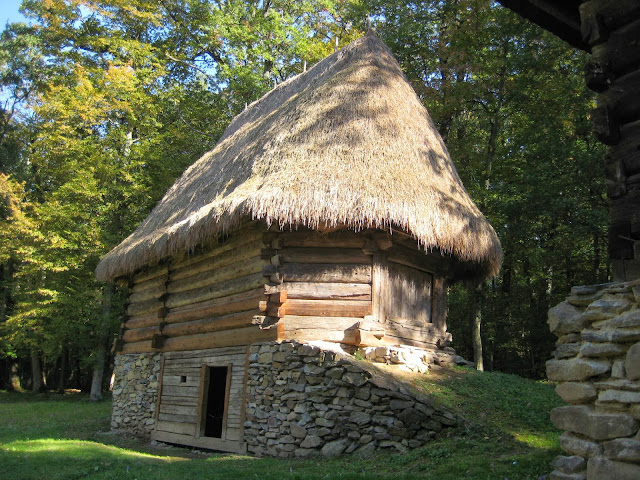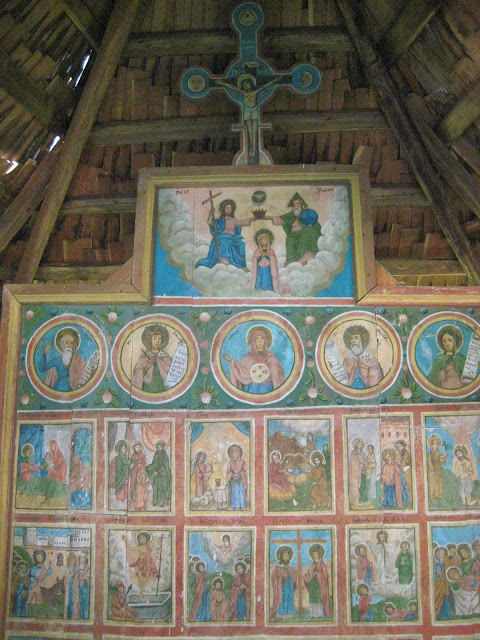Last time I went to the archives I had to go to the National Department of Public Finance and pay a researching fee than walk back to the archives. Emy last time assisted me with my limited Romanian. This time I still had my researcher card and it got me right in the front door no problem. Last time I had to request what books I wanted to see and had to come back the next day to view them at a specific time. This time the archivist retrieved the village church books I needed and walked me through the reams of paperwork that had to still be filled out to view the records.
Unfortunately the Pauca (Tornen) records are written in Hungarian and very illegible because of the priests bad handwriting. I was not able to garner anything from them regarding the family; however, in Deva which is about 4 hours away they have all the other records at that National Archive satellite office and they are not as old so most likely in German which if the handwriting is legible is much easier for me to work through.
I did gain additional information about the Fising family from the old Gergeschdorf books this time that I did not understand last time. In 1796 there were multiple deaths each day in the village for months on end. Most likely this was attributed to either Typhus or the Great Plague in the latter 18th Century in Eastern Europe.
"The Great Plague of 1738 was an outbreak of the bubonic plague between 1738-1740 that affected areas in the modern nations of Romania, Hungary, Ukraine, Serbia, Croatia, and Austria. Although no exact figure is available, the epidemic likely killed over 50,000 people.
In February 1738 the plague hit the Banat region, having been spread there by the Imperial Army.
According to the 1740 Hungarian Diet, the Great Plague claimed 36,000 lives.
Southeastern Transylvania may have been the hardest area hit.
Over the following eight years, the plague killed a sixth of the population of Timişoara. Timişoara's Monument of the Holy Trinity in Piaţa Unirii is dedicated to the plague's victims. The plague would return to hit the city again in 1762-1763.
Brooms used to clean city streets, sidewalks and storm drainage.
They remind me of a Harry Potter broomstick!
Amazing fence. Not one nail was used in the construction!
Crematorium!
Coolest chicken coup ever!!!
Incredible work bench with wooden vices!
Cool wooden ore crusher used in the gold mining areas!
Underground fire kilns used for pottery
Beautiful wooden Romanian Orthodox church from the 17th century!
My favorite house in the park
Stray kittens in the park
Traditional method of stacking hay in rural Romania
The original high speed washing machine!
Fisherman's Hut
Fishermans barge
Beautiful street dog that followed Jim everywhere because of the pretzels!
Amazing engineering!!!
Wheat threshers
Tractor pulled combine
Steam powered tractor!
Primitive bowling alley
Outside of the large grocery stores here you see cabs waiting to pick up customers.
Very few people have cars compared to the United States.





















































































































No comments:
Post a Comment